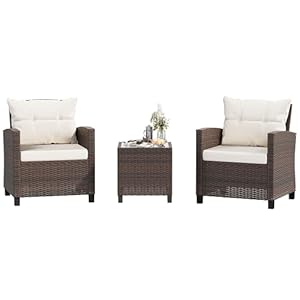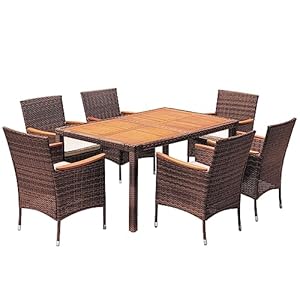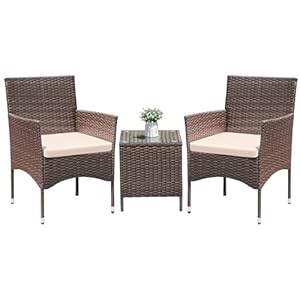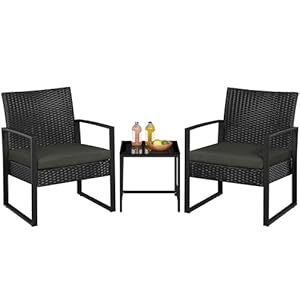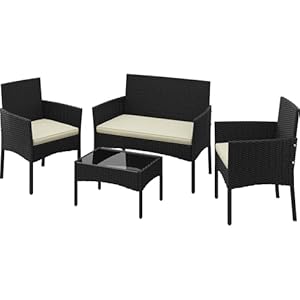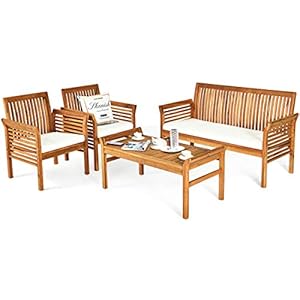
When it comes to nurturing your indoor garden, selecting the right lighting is crucial to ensure your plants thrive. LED grow lights, fluorescent options, HID lights, and CFLs each offer unique benefits tailored to different plant needs. The key lies in understanding your plants’ requirements and finding the lighting solution that best suits your setup. So, before you make a decision, consider the factors that will influence your choice and discover the ideal lighting option that will illuminate your indoor garden effectively.
LED Grow Lights
When considering indoor gardening, utilizing LED grow lights can significantly enhance plant growth and health. LED grow lights are energy-efficient and emit specific wavelengths of light that cater to the needs of plants at different growth stages. These lights provide the essential light spectrum that plants require for photosynthesis, promoting healthy development.
LED grow lights are versatile and can be easily adjusted to meet the specific light requirements of different plant varieties. They produce low heat compared to traditional lighting options, reducing the risk of heat damage to your plants. Additionally, LED lights have a longer lifespan, saving you money on replacements in the long run.
One of the key advantages of LED grow lights is their ability to produce light in a targeted manner, ensuring that plants receive the right amount of light without wastage. This targeted approach maximizes the efficiency of light absorption by plants, leading to improved growth rates and better yields. Overall, incorporating LED grow lights into your indoor gardening setup can greatly benefit the health and vitality of your plants.
Fluorescent Lighting
Fluorescent lighting offers a cost-effective and efficient solution for indoor gardening, providing a reliable source of light for plant growth. These lights are popular among indoor gardeners due to their affordability, energy efficiency, and versatility. Fluorescent bulbs come in two main types: T5 and T8. T5 bulbs are more energy-efficient and produce brighter light, making them ideal for seed starting and early plant growth stages. On the other hand, T8 bulbs are slightly less efficient but still effective for providing supplemental light to indoor plants.
When using fluorescent lighting for indoor gardening, it’s essential to position the lights correctly to ensure uniform light distribution to all plants. Hanging the lights with adjustable chains or fixtures allows you to maintain the ideal distance between the light source and your plants as they grow. Additionally, fluorescent lights emit less heat compared to other lighting options, reducing the risk of heat damage to your plants.
High-Intensity Discharge (HID) Lights
For a more intense lighting option in your indoor garden, consider High-Intensity Discharge (HID) lights, which offer powerful illumination for robust plant growth. HID lights are known for their high light output, making them ideal for plants that require high light intensity, such as fruits and flowering plants. These lights consist of a bulb filled with gas and metal salts that produce light when an electrical current passes through them.
There are two main types of HID lights commonly used for indoor gardening: Metal Halide (MH) and High-Pressure Sodium (HPS) lights. Metal Halide lights emit a bluish-white light that’s perfect for the vegetative growth stage of plants, promoting strong stems and lush foliage. On the other hand, High-Pressure Sodium lights produce a reddish-orange spectrum that’s ideal for the flowering phase, encouraging blooming and fruiting.
When using HID lights, it’s essential to monitor the distance between the light source and your plants to prevent light burn. Additionally, HID lights require ballasts to regulate the electrical current, ensuring the lights function correctly and efficiently.
Compact Fluorescent Lamps (CFLs)
Consider using Compact Fluorescent Lamps (CFLs) for a cost-effective and energy-efficient lighting solution in your indoor garden. CFLs are known for their affordability, making them a popular choice for many indoor gardeners. These lamps produce light by passing an electric current through a tube containing argon and a small amount of mercury vapor, which generates ultraviolet light that then excites the phosphor coating inside the tube, producing visible light.
CFLs are energy-efficient, using about 75% less energy than traditional incandescent bulbs. This not only helps you save on electricity bills but also reduces your environmental impact. CFLs also produce less heat compared to other types of lighting, which can help maintain a more consistent temperature in your indoor garden.
When using CFLs for indoor gardening, it’s essential to consider the color temperature of the bulbs. Different stages of plant growth require different light spectrums, so selecting the right color temperature can support optimal plant growth and development. Overall, CFLs are a practical and efficient lighting option for indoor gardening enthusiasts looking to create a thriving garden while keeping costs down.
Garden

